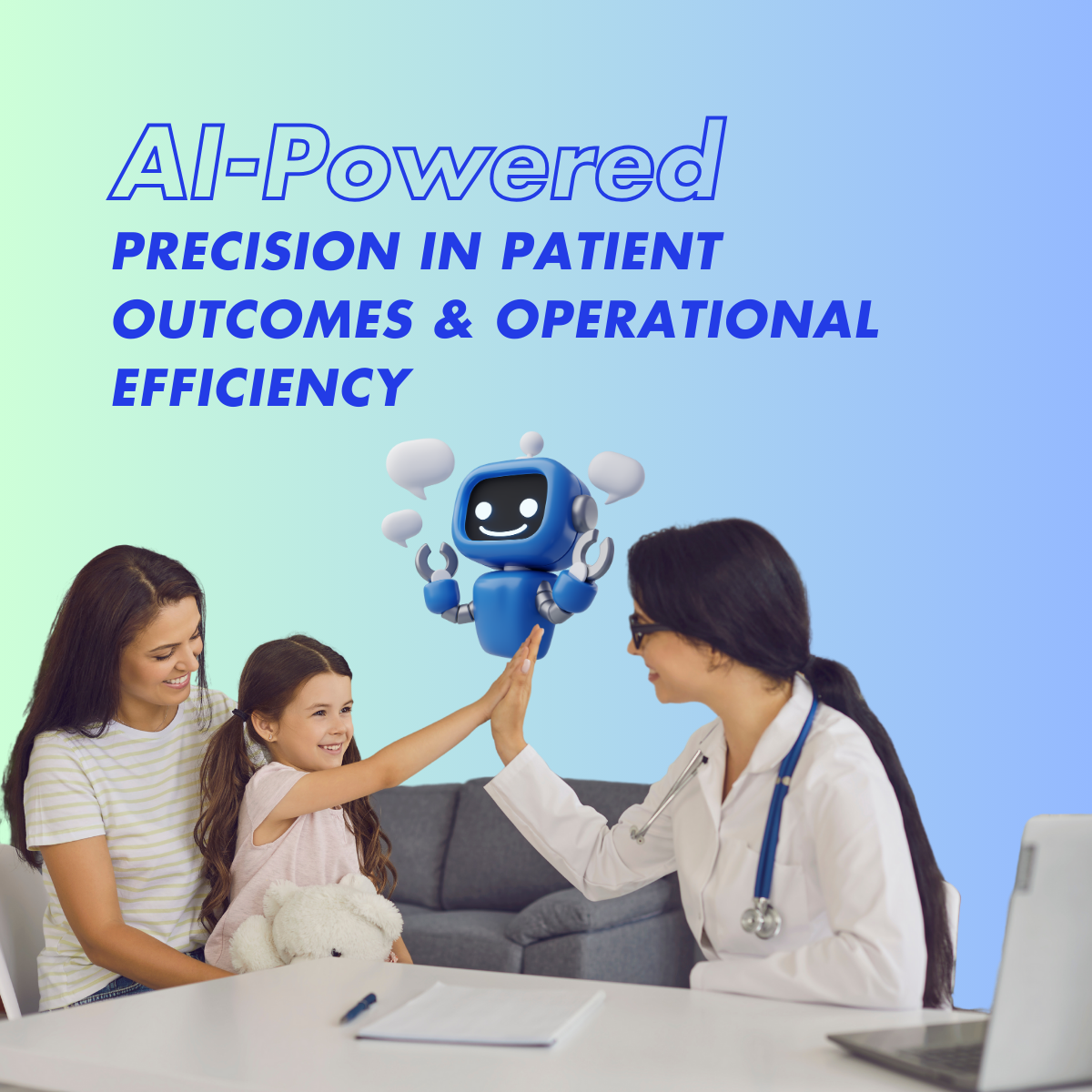Artificial Intelligence (AI) has revolutionized various industries, progressing from generalized AI models to specialized, domain-specific solutions. This evolution has given rise to Vertical AI, the next frontier in AI innovation. Unlike traditional AI, which provides broad applications, Vertical AI focuses on solving challenges unique to specific industries or sectors.
Vertical AI refers to specialized AI systems designed to address the unique demands of specific industries such as healthcare, finance, retail, and manufacturing. By focusing on niche markets Vertical AI provides tailored solutions that leverage industry-specific datasets, processes, and objectives.
For example:
This targeted approach contrasts with Horizontal AI, which focuses on generic applications like natural language processing (NLP) or general-purpose chatbots.
Vertical AI addresses complex problems that require deep industry knowledge. Traditional AI solutions often fall short in highly regulated or specialized sectors because of their unique data and compliance requirements.
Vertical AI systems use domain-specific datasets, enhancing their precision and relevance. For example, in healthcare AI models are trained on medical records, imaging data, and patient outcomes to deliver precise diagnostics.
By tailoring solutions, Vertical AI reduces inefficiencies and enhances operational outcomes, leading to higher return on investment (ROI). For instance, predictive maintenance in manufacturing helps minimize downtime saving costs.
As industries seek AI solutions aligned with their specific workflows, Vertical AI meets the demand for bespoke systems, outperforming one-size-fits-all approaches.

Data Privacy: Handling sensitive data, especially in healthcare and finance, requires robust security measures.
Cost of Implementation: Developing specialized AI solutions demands a significant investment.
Scalability: Adapting Vertical AI systems for broader use cases without compromising specialization remains challenging.
Vertical AI is poised to redefine how industries operate offering unprecedented efficiency and innovation. The line between vertical and horizontal AI may blur as AI technologies evolve, with cross-domain synergies enhancing capabilities.
With advancements in quantum computing, edge AI, and neural network architecture, Vertical AI will become even more powerful, enabling industries to achieve goals once deemed unattainable.
The rise of Vertical AI signifies a pivotal shift in the AI landscape. In an increasingly competitive world, it empowers businesses to innovate and thrive by addressing industry-specific challenges. As organizations continue to embrace Vertical AI, the potential for transformative growth and sustainability becomes limitless.
Vertical AI is not just the new frontier in AI—it’s the key to unlocking the future of intelligent, tailored solutions. The time to invest in Vertical AI is now for industries that want to stay competitive.
© 2025 SoftwareVerdict | All rights reserved
SoftwareVerdict and its logo are trademarks of SoftwareVerdict.